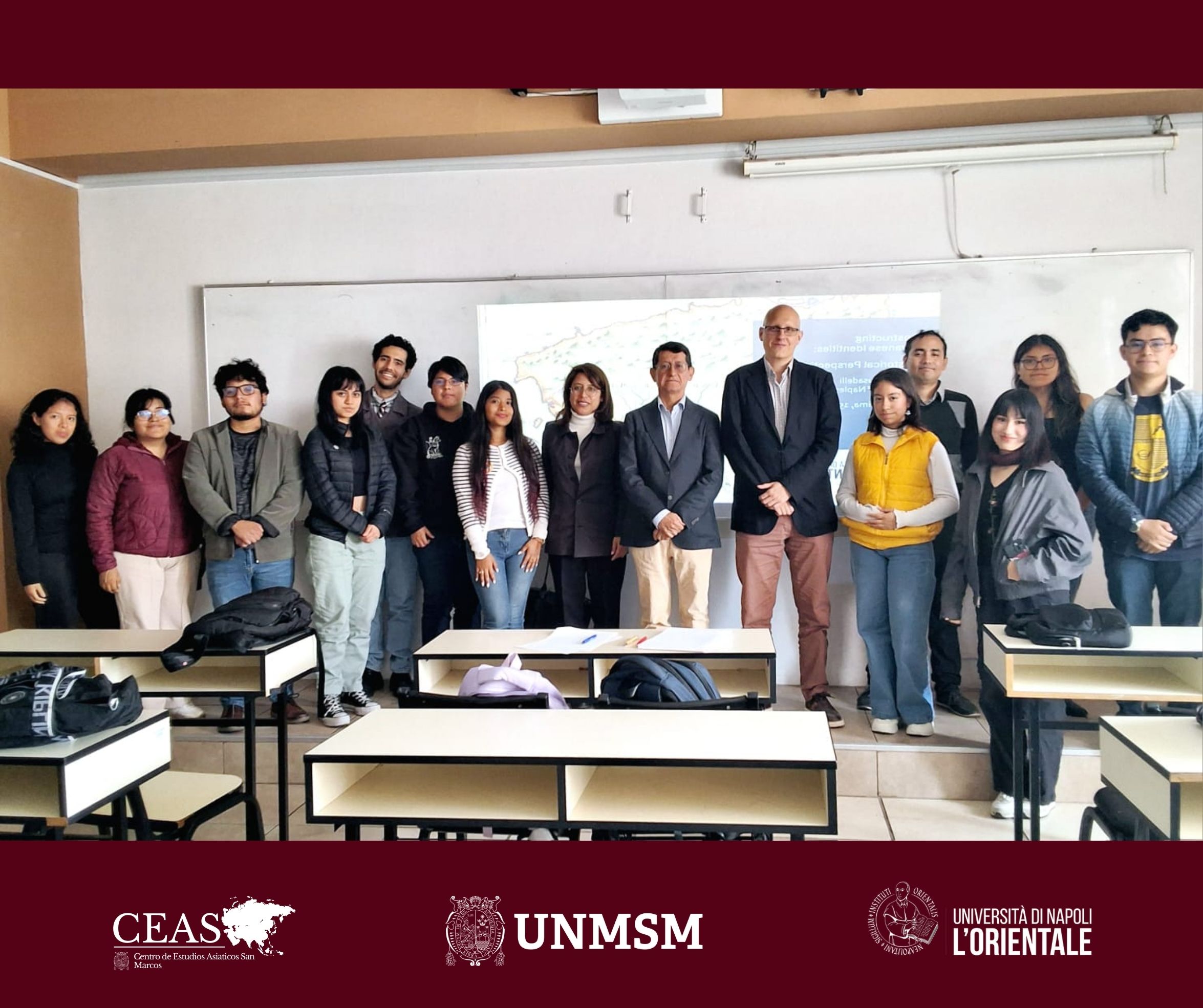«The Pudong Project at 30» por Zhengxu Wang
The Pudong Project at 30
Zhengxu Wang
Earlier this month, China celebrated the 30th anniversary of the development and opening up of Shanghai’s Pudong. It was on April 18, 1990 that China announced the development and opening up of Pudong. Today, this eastern part of Shanghai has become not only China’s most iconic skyline but a symbol of the country’s link to the world.
When it was announced to be open up to the outside world and to be a new development focus for the country in 1990, it marked a new stage of China’s development, because, in the 1980s, China’s centers of economic opening and development were mostly in the south—in Guangdong and Fujian Provinces, where several previously marginal cities were designated as special economic zones (SEZs). As these once sleepy tiny towns, Shenzhen being the most representative, turned quickly into vibrant economic centers, Beijing became much more confident in opening up the country’s economic hinterland to the global economy.
For most of the twentieth century, Shanghai was always the economic center for China. Therefore, the shift of, or the extension of development and opening-up focus to its Pudong area was really a major step. It marked the beginning of a major phase of China’s development.
What followed exceeded everybody’s expectation. In the matter of two decades, Pudong (and Shanghai) surged to become not just China but the world’s new financial and economic center. But we have to put the Pudong story in the context of China’s overall development. A country with a large population starting from a rather low base in the late 1970s, from the 1980s, China was on a trajectory to rapidly develop itself. Therefore, Pudong had the whole Chinese economy on its back, and it served as the interface between the whole Chinese economy and the global economy. It played a very unique role in attracting international investments and then capitalizing domestic investments and domestic capacities, and linking up China’s internal areas, especially the Yangtze River area and Eastern China area to the global economy. This is indeed why Pudong gained such a big momentum for its own development.
For the rest of the country, Pudong also served as a very good example. Its success story was repeated or replicated in quite a few places later on. Many other Chinese cities all started their own development zones. In Tianjing, there was the TAIDA New Area, and in Chongqing, there was the Liangjiang New Area. Suzhou, noticeably, established a joint-venture project of developmental area with the Singapore Government, called the Suzhou Industrial Park (SIP). All these are new area models became quite a strong Chinese characteristic.
Now we are seeing rapid changes in the global political-economic structures. China, for its part, has vowed to implementing a new “dual-circulation” development model, where the domestic and foreign markets can boost each other with the domestic market as the mainstay. In this context, we will continue to see Pudong holding a critical position in China’s overall economic development. It will serve as the leader or as a frontier of domestic economic development, and it will remain a key interface between domestic China and the global economy.
More specifically, in terms of leading scientific and technological innovations, in terms of developing China’s financial market and capital market, in terms of further integrating the Chinese economy with the global economy, Pudong will still be important.
Some countries in the West, mostly the U.S. and some European countries, are exhibiting a kind of inward looking tendency. China’s response to this is yes, we will continue to engage in the world economy. China will still be a major enabler of globalization, and will push for further integration of the Chinese economy with the global economy. Meanwhile, the Chinese economy domestically is now big enough and strong enough, so there is enough space domestically to keep its economic momentum – that this year China is expected to see an annual economic growth rate of 2-3% vindicates this.
Part of the reason China celebrated the 30th year’s anniversary of Pudong is indeed to show to the international community that China is committed to being open, to offer opportunities of co-development to the world. In fact, at about the same time of celebrating the Pudong anniversary, Shanghai successfully held China’s third annual Expo for Import. This in itself is a major signal to the world that the Chinese economy is and will continue to be open to the world, and there are great demands inside China for goods from other countries. In the years to come, we will see that China, as a new economic center of the world, will benefit the world by being a big market for the world.
Zhengxu Wang is Distinguished Professor at the School of International Relations and Public Affairs (SIRPA), and a Fellow of the Fudan University’s Institute of Belt and Road & Global Governance (BRGG). Fudan University, together with San Marcos University, is a founding member of FLAUC-Fudan-Latin American University Consortium. This commentary is based on interview Professor Wang gave to the Chinese Radio International on 12 November, 2020.






